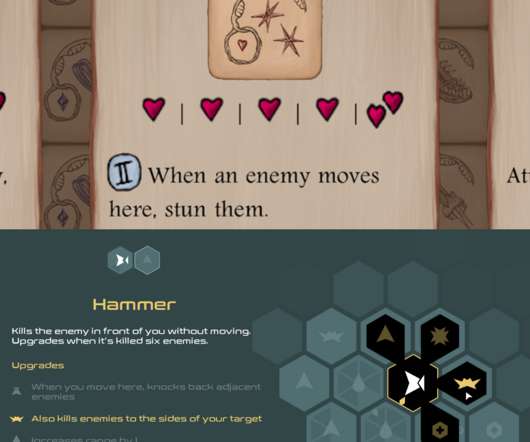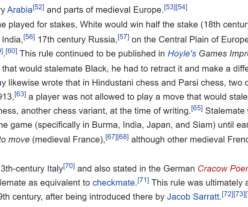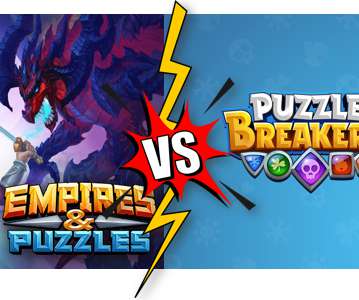Morphblade And Imbroglio: Making A Game To Test A Critique
Tom Francis
MARCH 11, 2017
They’re both games where you move around a grid of different tile types, and the one you’re standing on determines what you can do there. At this point you live or die by what tiles happen to be between you and it – if they all do 1 blue damage and the enemy has 4 blue health, you are dead.











Let's personalize your content